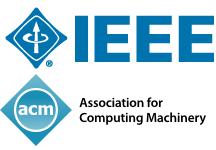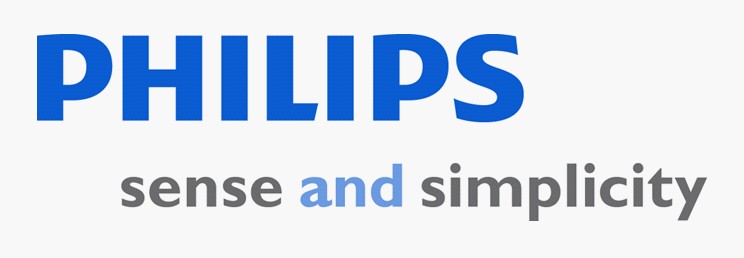Special session on "Visual sensor networks"
Special session on "Visual sensor networks"
Stanislava Soro, General Electric, USA
Visual sensor networks consist of a large number of small, low-power cameras, which are able to collect, process to some extent and even fuse data about physical environment. In contrast to the networks of web/IP cameras, these visual sensors are smaller, usually battery operated devices with real-time, low-power processing and communication capabilities combined on an embedded platform. Since the visual sensors are constrained by the available power on the board, development of the embedded processing algorithms and low-power system architectures presents the main challenge in the design of these devices. Another challenge is how to efficiently manage these resource (bandwidth, power, processing capabilities)-constrained networks of visual sensor nodes, so that visual sensors communicate effectively and reason collectively about the observed phenomena. The solution to these problems involves a deeper understanding of how to combine the knowledge from various research areas including embedded computing, networking, low-power system design, and development of computer vision algorithms that are suitable for these resource-constrained embedded systems.
Special session on Visual Sensor Networks facilitates the collaboration and seeks novel ideas that will contribute to visual sensor network design from the various research perspectives. The areas of interest include (but not limited to):
- Embedded processing and system design of visual sensor nodes
- Resource management in visual sensor networks
- Automatic reconfiguration of visual sensor networks
- Wireless and mobile low-power visual sensor networks
- Communication protocols in visual sensor networks
- Novel applications of visual sensor networks








